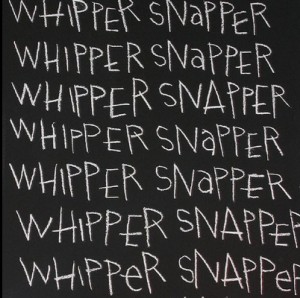
Now that ‘the future’ is here with digital communication, what do we plan for next?
How about better content on websites.
If you’re anything like most people, you’d rather set fire to your own hair than endure boring websites.
You’d be right to say many are indifferent; they’re often process oriented, leaving you with the feeling you’re on a hopeless journey.
Too often you’re presented merely with the features of a product or service – and there communication stops dead.
Where are the benefits to the user? Why do some sites continually fall down by not addressing the needs, worries, and desires of their target audience?
Isn’t this like the interruptive, old school command/control style of communication that translates as ‘here’s what we’ve got, you should come and buy it’.
Of course, for that ‘real and rapid growth’ we’ve all been taught to aim for these days, you’ll want to do more.
So to develop benefit-oriented content and go from intention to better results, you might want to read the books of direct response writer John Caples.
After all, what is digital today if not direct response powered by technology.
Caples’ know-how can acquaint you with strategies designed to lengthen attention spans and help you address those needs, worries, problems and desires of your customers.
You’ll gain a focus on how to make what’s familiar about your product seem brand new.
You’ll learn how to create the kind of content that continually produces fresh interest for your product.
You’ll begin to understand how to avoid messaging that’s boilerplate.
You’ll realize that while you’ve created the goal posts on the field, your customers and the marketplace move them continually.
You’ll learn how to make a customer and keep a customer with the power of story telling to get your message across.
More to the last, I recall a lineage ad I believe David Abbott* used to educate copywriters on how to tell a complete story in the most economic fashion.
DRUM KIT FOR SALE.
Call the owner’s mother when
the owner isn’t at home.
Clever stuff.
With all the above, there’s one thing more you can do for yourself.
Change your attitude about the function of a website.
A website isn’t a suitcase you pack to the point where the hinges groan under the strain.
Instead, make what you have to say sharp and pointed.
Use videos that communicate with wit, charm and reasoned persuasion.
Videos are fatal to boredom.
The Internet is just 23 and has fundamentally changed business as we know it.
By 24 we might have to change and change again to keep up.
But then would you expect anything less of a young whippersnapper.
*In case you didn’t know, David Abbott could well rank as one of the greatest advertising minds. The only creative person to have learned directly from Bill Bernbach and David Ogilvy. Sadly, he passed away just days ago in London, aged 75.


